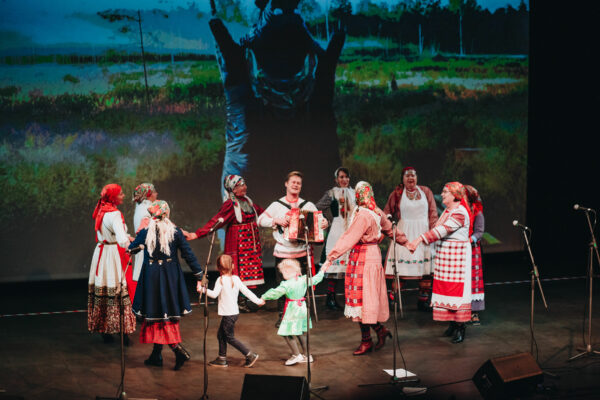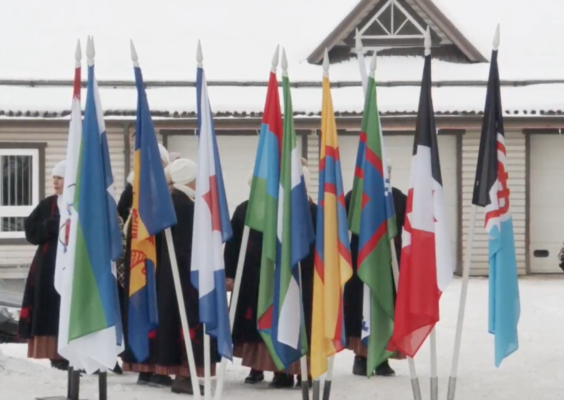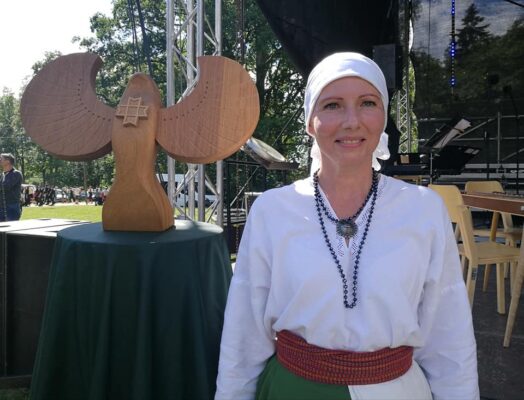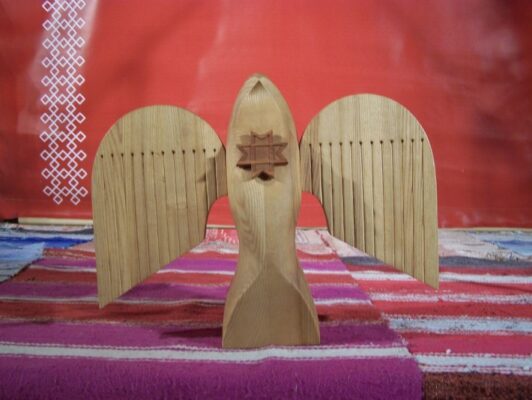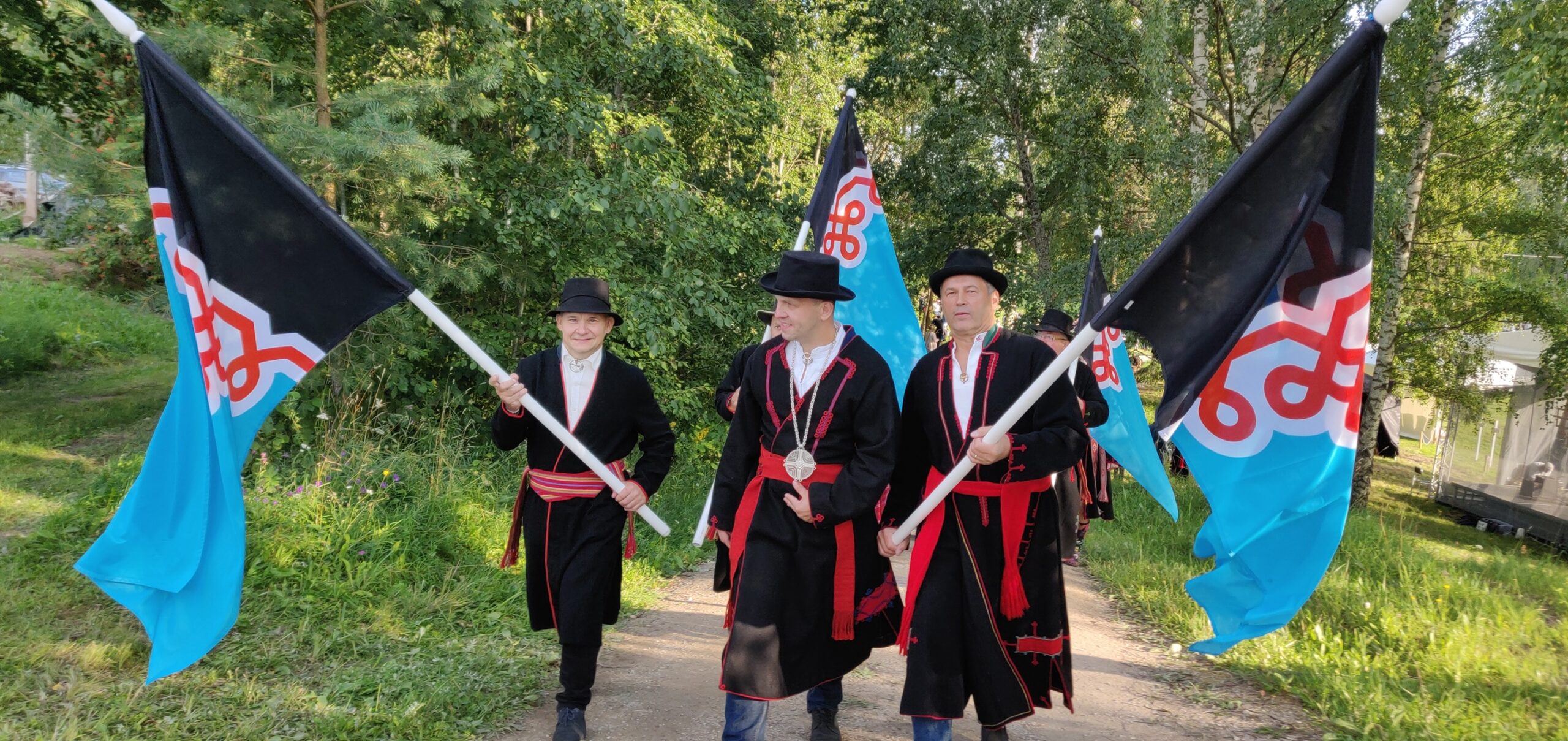
Mulks
Names and Territory
Mulks (in Estonian mulgid) are the original inhabitants of Mulgimaa, located south of Viljandi and in the northwestern part of Valga County – an Estonian tribe living in central southern Estonia and on the Latvian side.
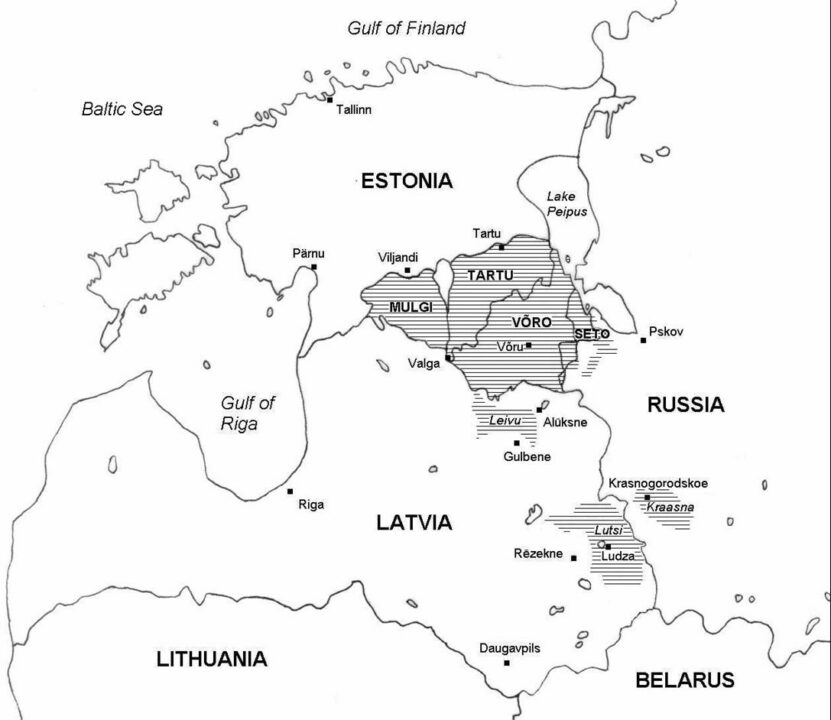
Mulgimaa 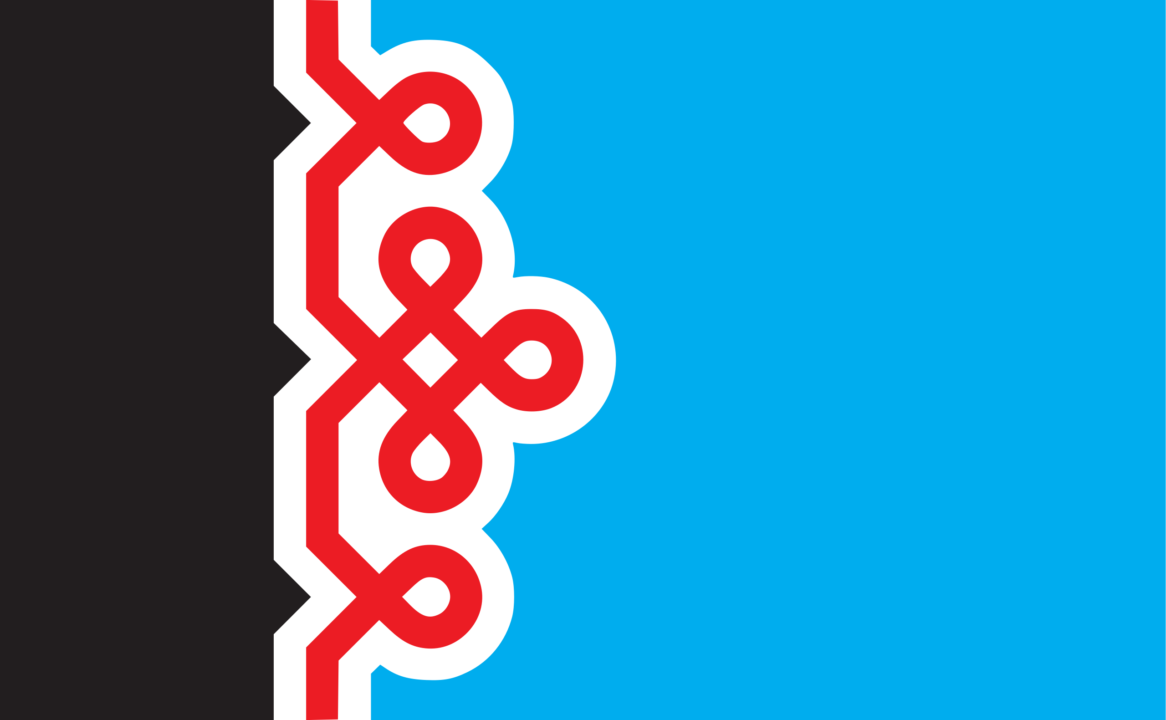
Flag of Mulgimaa / Tõnno Habicht
We do not know and will probably never know exactly where the word Mulk comes from. There are oral legends about a place called mulk (a hole) through which the robbers arrived and through which they were chased back (Eduard Vääri, 2000). There are not many folk tales about Sakala people travelling south. Apparently mulk became such an important place on the road that people living nearby it were called mulgutagused (those behind the mulk) or mulguäärsed (those by the mulk) (Vääri, 2000). General Jaan Soots claimed in 1934 that “mulk” is not a Latvian name but comes from Arabic meaning a “lord” or a “master.”
Mulgi dialect
The geographical boarders of a dialect were formed by administrative units, as well as by natural boundaries and access roads.
Northern and Southern Estonian languages distinguish from each other most clearly, consisting in total of eight dialects and 117 subdialects. At least in terms of the language, Estonia is a big country with many colourful dialects.
“There are few nations and languages in the world that are as blessed with dialects as Estonian language,“ said the Estonian and Mulgi poet Nikolai Baturin.
After all, a dialect is also an invaluable source of language that offers novel and interesting additions to the written language and thus broadens the spoken language and the whole world of literature“ (Viikberg, 2015).
